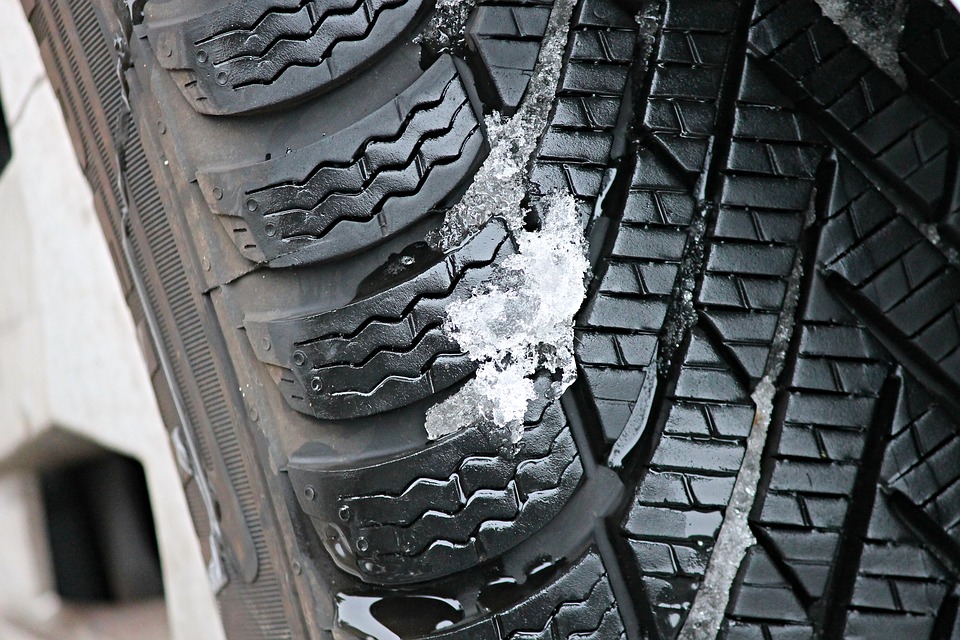The new law will be in effect for the next nine months.
For travelers along I-70, a new traction law is now in effect for 127 miles of the highway until May 31, 2020—and will be in effect from September 1 through May 31 every year after. Colorado Department of Transportation (CDOT) activates traction laws on highways as needed during the winter and high snow months.
The new law, Traction Bill HB 1207, signed this past spring by Governor Jared Polis, affects drivers on I-70 between Morrison and Dotsero and in two different ways ...
The first part of the law addresses the level of acceptable tread on tires, which has changed the tread requirement from 1/8 of an inch to 3/16 of an inch.
The second part of the law deals with traction and it affects all passenger vehicles, regardless of make. Any passenger vehicle traveling on that part of I-70 will need to meet one of five requirements to be on the road:
- Tire chains
- Tire chain alternative such as tire socks, studded tires, spikes, etc.
- 4-wheel drive vehicle with appropriate tire tread
- All-wheel drive vehicle with appropriate tread
- Vehicle outfitted with specific mud and snow tires
Those drivers who are pulled over and ticketed for failure to comply with the new traction law will face a fine starting at $100 and additional surcharge fees. Further fines and penalties can occur if a driver is involved in an accident or incident without having proper tread or traction methods. A driver who blocks a roadway because they have inadequate equipment may be fined upwards of $650.

Courtesy of Pixabay
While it may seem early to be talking about snow, or worrying about tires and traction for winter driving, Colorado is known for its unpredictable weather. As we head into October, it's likely we will see snow before or near Halloween, so it's never too soon to get ready. CDOT has some tips on how to get your vehicle ready for safe driving in the snow:
- Know your tire designations, for a tire to be approved under a traction law they must have a snowflake or a mud and snow mark, as well as the tread of 3/16 of an inch.
- Learn the difference between all-wheel drive and four-wheel drive vehicles.
- Plan ahead and know before you go! Be aware of weather events and road conditions before you head out and be prepared for conditions to change quickly.
- Check your tread using the quarter test: place an upside-down quarter in your tire tread. If the top of George Washington’s head is covered by the tread, it's good to go. If you can see any of Washington’s dome, the tires are not up to the required tread.
- Worn tires will not grip the road and are a big safety hazard in wet and icy conditions. Please make sure you are checking your tires and taking appropriate steps to meet safety requirements.
As we watch the leaves change and see cooler weather start to move in, the hint of snow and winter weather is in the air. Before long we will be faced with those cold morning commutes and slippery driving conditions, so knowing what to expect and how to prepare is always a good idea.
Are you ready for winter driving conditions? Share with us any helpful tips in the comments below!
